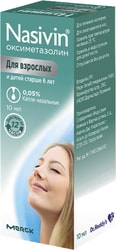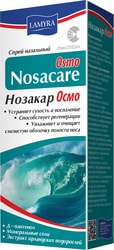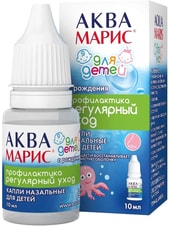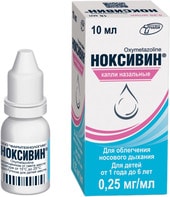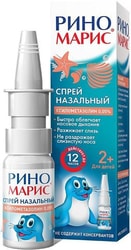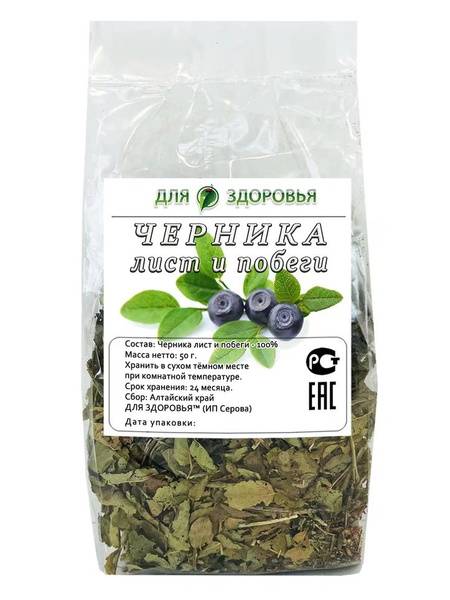
Bilberry, a delicious northern berry, is a remarkably beneficial plant with each part offering a wealth of essential nutrients. Its leaves, equally popular in folk and official medicine as its berries, boast fewer contraindications due to their lower acid content, minimizing the risk of allergic reactions or stomach irritation.
Bilberry is a typical forest shrub, rarely exceeding half a meter in height under favorable conditions. Its attractive appearance features bright brown, distinctly ridged stems adorned with opposite, oval, glossy green leaves. These leaves turn red in autumn before falling. From April onwards, greenish-pink flowers emerge, eventually developing into slightly flattened berries. Ripe bilberries are intensely blue or black, often with a whitish-grey bloom.
Below ground, bilberry possesses underground stems (stolons) that can extend over 10 meters. These stolons can surface at a distance from the main shrub, creating clonal bushes. The shallow root system forms a symbiotic relationship with fungi – a characteristic that prevents the cultivation of wild, medicinal bilberry in ordinary gardens.
Bilberry thrives in shaded coniferous undergrowth, preferring acidic, moist soil. This explains its prevalence in northern forests near bogs or slow-flowing forest rivers.
Bilberry leaves, dried in shade, contain numerous bioactive compounds in therapeutically effective concentrations, including:
Unlike bilberry fruits, primarily used in ophthalmology and gastroenterology, the leaves have a broader range of applications. They are used in the complex treatment of:
Bilberry leaves also strengthen hair follicles, purify the skin, reduce scaling, and even out skin tone. They are also used in dietetics as a metabolic stimulant.
The high concentration of tannins and vitamins makes bilberry leaf an excellent antiseptic and anti-inflammatory agent. Preparations can be used internally and externally:
The abundance of specific acids and amino acids makes bilberry leaf an effective stimulant of insulin-producing cells in the pancreas. Therefore, it can be used in conjunction with diet to maintain stable blood glucose levels in type 1 and type 2 diabetes.
The uses of bilberry leaves are less diverse than those of the berries. They can be used to prepare tea, infusions, tinctures, and decoctions.
Tea: To prepare it, use 2-3 bilberry leaves (or a teaspoon of crushed leaves) per 200 ml of boiling water. Steep for 5-7 minutes and drink like regular tea. It's believed to boost energy, reduce swelling, improve bowel movements, and provide additional vitamins. Drink up to 3 times a day, optionally adding a little honey.
Decoction: For a decoction, use a full tablespoon of bilberry leaves per cup of water. Slowly heat the mixture and, after boiling, simmer for at least 30 minutes. Let cool, strain, and take 30-50 ml after meals, up to 3 times a day. This is indicated for liver, pancreatic, intestinal diseases, and hypertension.
Infusion: Use one tablespoon of leaves per cup of boiling water, steeping for 12 hours in a thermos. Drink 100 ml morning and evening for coughs, intestinal colic, and gynecological bleeding.
Tincture: Mix 2 tablespoons of leaves with 1 cup of vodka in a dark bottle. Store in a cool, dark place for 2 weeks. Take 10 drops after each meal, adding it to any drink as a general tonic for colds and flu. It can also be used for gargling (tonsillitis, stomatitis) and wound treatment.
Bilberry leaves are not recommended during pregnancy, breastfeeding, or in case of individual intolerance.
